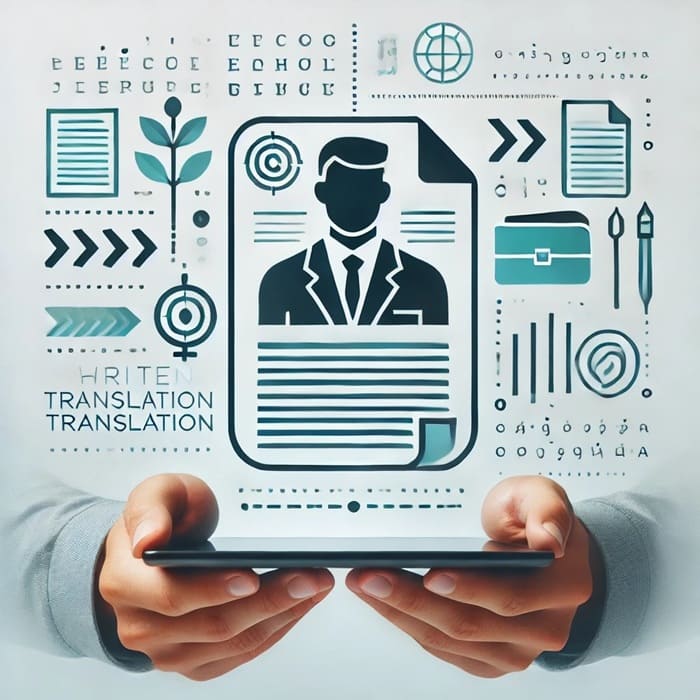Product Sheet Localisation: How it Drives Global E-commerce Sales
Optimise your online shop with product page localisation for Amazon FBA and Shopify multi-language shopify shop adaptation. Find out how translating technical product descriptions increases conversion.
The Language of Conversion: Why Translation is the Best Investment for E-commerce
In the competitive world of e-commerce, international expansion is no longer an option, it is a necessity. However, launching an online shop in new markets goes far beyond enabling international shipping. To truly connect with global customers and, more importantly, to get them to click the “buy” button, it is imperative to speak their language. And we don’t just mean the literal language, but the cultural and business language that drives conversion.
This is where e-commerce translation becomes the most powerful tool in your international marketing arsenal. A well-executed localisation strategy can be the difference between resounding success and failure in a new market. It is not an expense, but an investment with a direct and measurable return in the form of increased sales, improved customer confidence and reduced cart abandonment rates.
Localising a multi-language Shopify shop or any other e-commerce platform is an end-to-end process from the homepage to the order confirmation email. Every word counts, and every customer touch point is an opportunity to build a lasting relationship.

The Heart of Your Store: Locating Product Sheets
If there is one crucial element in e-commerce translation, it is the product page. It is the digital showcase where the customer makes the final decision. A product description that is poorly translated, confusing or does not resonate culturally is a guaranteed lost sale.
The translation of product cards for Amazon FBA is a battlefield in itself. Amazon is a hyper-competitive ecosystem where optimising product sheets for the search algorithm (A9) is as important as the persuasiveness of the text. A specialised localisation service will not only translate the description, but also:
Translating technical product descriptions requires even greater specialisation. Whether you sell industrial machinery, electronic components or software, accuracy is non-negotiable. A mistake in a technical specification can lead to returns, bad reviews and damage to brand reputation. It is vital to have translators who are not only fluent in the language, but also understand the technical terminology of your industry.
Beyond the Product: Integral Localisation of the Shopping Experience
A successful e-commerce localisation strategy goes beyond the product page. It must encompass the entire customer experience:
The localisation of vertical marketplaces, i.e. those specialising in a very specific niche market (e.g. sustainable fashion, pet products, etc.), is an excellent opportunity. As they are smaller markets, competition is lower and a good localisation strategy can quickly position a brand as a leader.
The ROI of Speaking the Language of Your Customers
Investing in a professional localisation strategy for your e-commerce is not a luxury, it is a necessity with clear and measurable benefits:
In short, e-commerce translation is the bridge that connects your products with millions of potential customers around the world. From translating product sheets for Amazon FBA to localising multi-language Shopify shops, every localised word is another step towards building a successful and sustainable global business.







